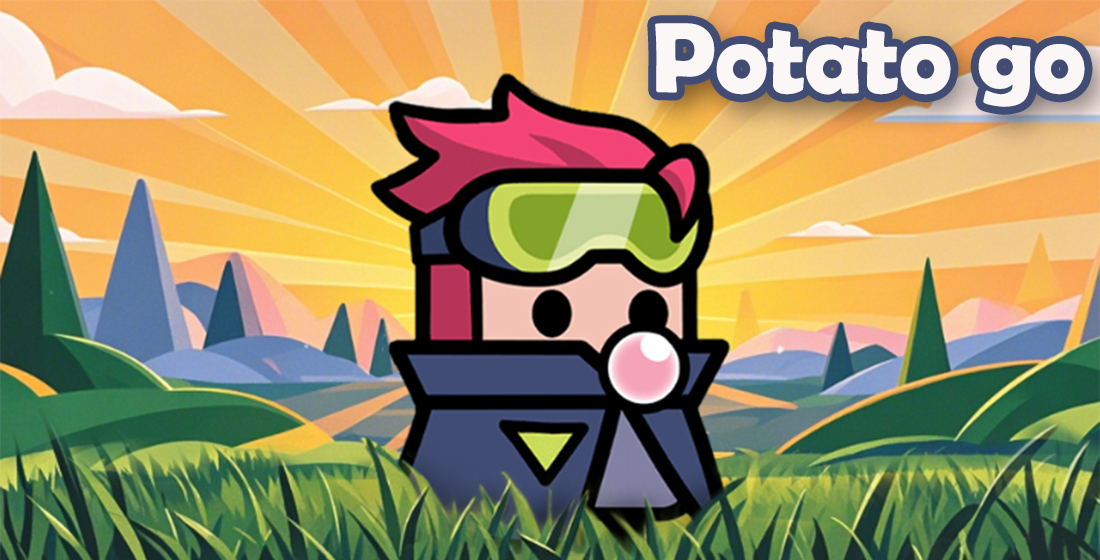Why Casual Building Games Are Taking Over the Gaming World: A Deep Dive into Trends and Popularity
In recent years, casual building games have skyrocketed in popularity, dominating the gaming world and capturing the hearts of players across the globe. This trend isn’t just a fleeting phase; it reflects a shift in how gamers engage with content, making it essential to explore what’s driving this rise.
The Appeal of Casual Building Games
Casual building games offer a variety of experiences that resonate with different players. Unlike traditional RPG games on PS1, which require lengthy commitment and sometimes complex mechanisms, these games are designed to be accessible. Players can jump in whenever they have a few moments to spare — a convenience that fits perfectly into the modern, fast-paced lifestyle.
- Accessibility: Easy to pick up and play, great for short sessions.
- Creativity: Foster creativity with building mechanics that allow players to create their virtual worlds.
- Social Engagement: Many games include community features to connect with friends and share creations.
Trends Evolving in Casual Gaming
The casual gaming sector is quickly adapting to incorporate elements that were once exclusive to complex gaming genres. Games like Kingdom Rush Frontiers and the adventure in the Temple of Saqra Puzzle show how narrative-driven components are blending into casual gameplay over time. This evolution caters to a broader audience while keeping the essence of fun alive.
| Game Title | Core Features | Release Year |
|---|---|---|
| Kingdom Rush Frontiers | Tower defense, strategy | 2013 |
| Temple of Saqra Puzzle | Puzzle solving, mystery | 2018 |
| Animal Crossing: New Horizons | Community building, life simulation | 2020 |
Why Are These Games So Engaging?
A key factor in the success of casual building games is the blend of engagement techniques used. From rewarding game mechanics to beautiful worlds, players find themselves drawn in. Here are some reasons why they’re keeping players glued to their screens:
- Instant Gratification: Progress is often quick, with regular rewards enhancing player satisfaction.
- Low Barrier of Entry: No need for extensive tutorials; players can start playing immediately.
- Personalization: Players take pride in their crafted spaces, leading to a strong emotional connection.
Challenges and Considerations
While the rise of casual building games is impressive, there are challenges to face. As the market becomes saturated with options, how do developers keep their products fresh? Balancing simplicity with depth is key to ensuring that players remain engaged without feeling overwhelmed.
Moreover, there’s a fine line to tread between monetization strategies and player satisfaction. Elements like in-game purchases can inevitably lead to division among players, making game balance tricky. The potential pitfalls in this rapidly evolving market should not be overlooked.
Conclusion
In conclusion, casual building games are not just a trend; they represent a significant shift in the gaming industry. Their appeal lies in accessibility, creativity, and engagement strategies that resonate with a broad demographic. As advancements continue and the gaming landscape evolves, staying attuned to these trends will be crucial for developers and players alike.



